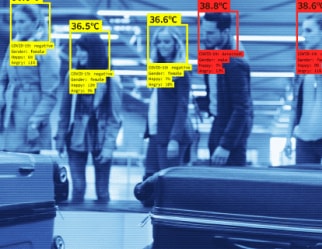Enabling Observational Research
In academic and scientific research, video surveillance systems offer unparalleled opportunities for observational studies across various disciplines. From behavioural psychology to urban planning, ecology to sociology, researchers leverage these systems to observe and analyse human behaviour, social interactions, and environmental dynamics in real-world settings.
For instance, video surveillance enables researchers to study classroom dynamics, teacher-student interactions, and learning outcomes in educational settings, providing valuable insights into effective teaching practices and educational interventions. Similarly, in urban environments, these systems help researchers understand pedestrian behaviour, traffic patterns, and the impact of urban design on community well-being.
Another example of video surveillance systems as indispensable tools is in wildlife research and conservation efforts. They allow scientists to monitor animal behaviour, track species populations, and assess habitat quality. By providing continuous, noninvasive observation capabilities, these systems contribute to our understanding of biodiversity and support efforts to protect endangered species and ecosystems.




